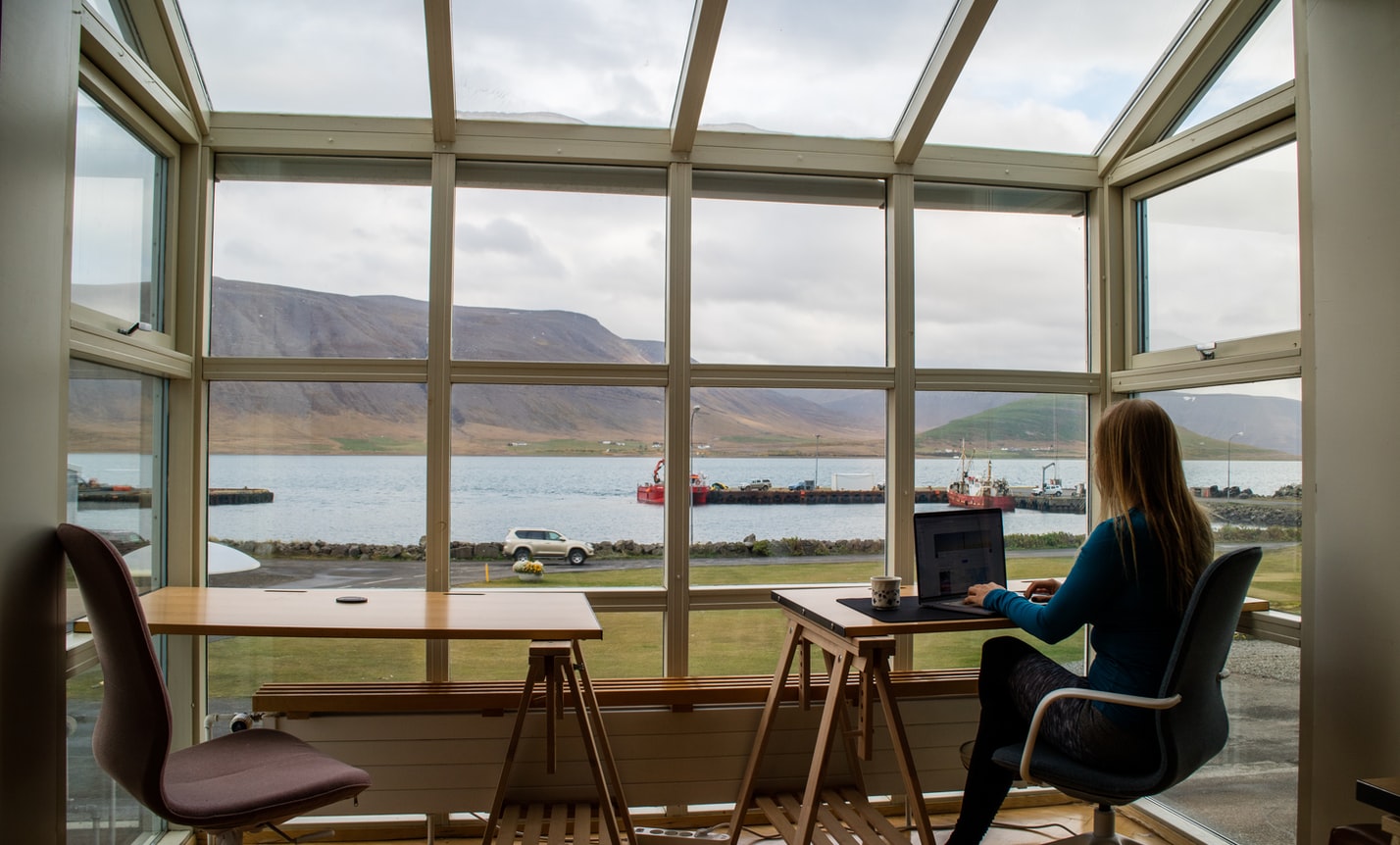Working remotely in a team environment brings with it a number of challenges – the loss of human interaction being the most obvious. Staying productive and on track is hard for any team, but a project has the added complexities of set milestones, contractor resources and careful tracking of budget and progress.
In this article we’ll delve into the art of remote project team management a bit more, highlighting some of the challenges and strategies to keep everyone happy and on track.
Establish new meeting practices
The first thing that any project team will need to accept is that the cadence of meetings should be slightly different in a remote setting. When a team works in the same pod of desks, there’s more opportunity for informal discussion, impromptu meetings and some wiggle room around standup times.
There’s also the visual cues that an in-person meeting offers that facilitates a richer discussion, something easily lost through even video conferencing.

Consider having a daily standup, along with some more open agenda meetings a few times a week. This can help surface any concerns, ideas or questions that wouldn’t otherwise fit a set agenda. Remember, ‘taking this offline’ is not actually an option for a remote project team!
In terms of when meetings should be booked – this is going to be down to the preference of the delivery team in a remote setting. While the end of day meetings might be a drain in regular in-person circumstances, it could be useful having a quick 5-minute group chat end of the day to catch anything late that hasn’t otherwise surfaced via email, Slack or other channels.
Combine 1-1s with group communication
Don’t neglect individual catch-ups. This applies to not only project leaders but between delivery team members and stakeholders. Having one on ones can often serve to go deeper into an issue than a group setting would allow. It’s also critical for checking on everyone’s personal wellbeing, especially if the remote arrangement has been forced by mandatory lockdowns.
If a group meeting raises some questions that warrant further discussion, do not delay in getting these happening ASAP afterwards. Unfortunately, a remote team can leave some members feeling very isolated and small issues can rapidly grow into large ones without the immediate feedback of others.

Individual catch-ups don’t just make sense for a project team, but between project stakeholders and leaders within the business. Maintaining these relationships on a regular basis helps to keep the project moving without being derailed by a stakeholder who feels out of touch with what’s happening
Maintain good project tracking
If those accountable for tracking progress keep this up to date, there’s no reason why a team cannot continue working remotely, maintaining milestones and budget pacing.
Governance and process needs to compensate for reduced interactions
The governance of a project establishes everything from roles and responsibilities, risk assessment, approval processes and a number of other guidelines to help the project or programme deliver properly. A business operating remotely won’t have the benefit of in-person communication that allows moments of clarification or negotiation. This means that a project will depend solely upon everyone adhering to these set processes in order to progress.
As the governance around a project is established (well before it starts delivery), it’s incumbent on organisations to bring in all relevant parties to video meetings. Have all the risks been identified? Has the right project team structure been put together to deliver on all the business requirements? Once these considerations have been made, they’ll need to be clearly communicated to all key stakeholders for that project. Where there are questions around a project or programme’s governance, it’s critical that stakeholders have the avenue to raise this in a remote setting, such as on a video call.

Consider shuffling project priorities
Sometimes these projects will have priorities that simply can’t be met in a remote setting. This doesn’t always mean the project has to be frozen entirely; instead, a steering committee should assess all the deliverables and make a determination on whether some parts can be moved up – such as meetings still possible with video conferencing, or anything possible with a computer (such as building budgets, working through procurement, initial or detailed design work etc).
Keep an open mind around the possibilities still available to you – even some progress can keep the project healthy enough to be relatively straightforward to ramp back up when it’s feasible. A totally stationary project is more likely to be a candidate for abandonment and thus failure.
Equip your people with everything they need

If team members do not have the right tools for the job, there is a higher chance of project failure and declining individual motivation.
Try to keep important discussions on video calls
Have you ever tried to resolve something contentious or high stakes over text, email or Slack? It rarely goes well. Why? Because so much of the non-verbal information is lost. At times of disagreement, it’s easy for emails to come across as terse and hostile. As New Zealand work culture is usually fairly cordial, our in-person discussions will typically be much more pleasant, even if there’s a disagreement. It’s much easier to escalate into an email tennis match with perfectly crafted responses without resolution than if you were sitting in front of that same person.
A remote team may not have that luxury of in-person communication, and while video conferencing isn’t on par, it’s significantly better than written channels.
If a project stakeholder or team member has sent initial comms that has the potential to grow into an argument, you as the recipient or bystander can help facilitate the transfer onto a video meeting. The earlier this is done, the better.
It’s not just disagreements that are better-handled face to face – key decision making around budget, timelines, scope and resourcing should at least be tabled and debated in this forum instead of messages. Once a decision is made, this is the time to capture it in writing. Project teams can save so much effort and anxiety by keeping the big stuff to video calls.
Conduct quality assurance on the project
Quality assurance for a remote team can also help it develop better governance and process around how the project is delivered and communicated. When there’s a loss of day to day comms between stakeholders, it’s important to ensure that any gaps are filled and issues addressed. Our review practices ensure we gain a full understanding of the state of your project, adopting methodologies that work to help decentralised teams succeed.
Is your remote project experiencing challenges?
We’d like to hear from you if progressing your project is proving hard with a remote team. We’re able to supply organisations with the tools and processes to help deliver to milestones and budget, even with a decentralised team.




